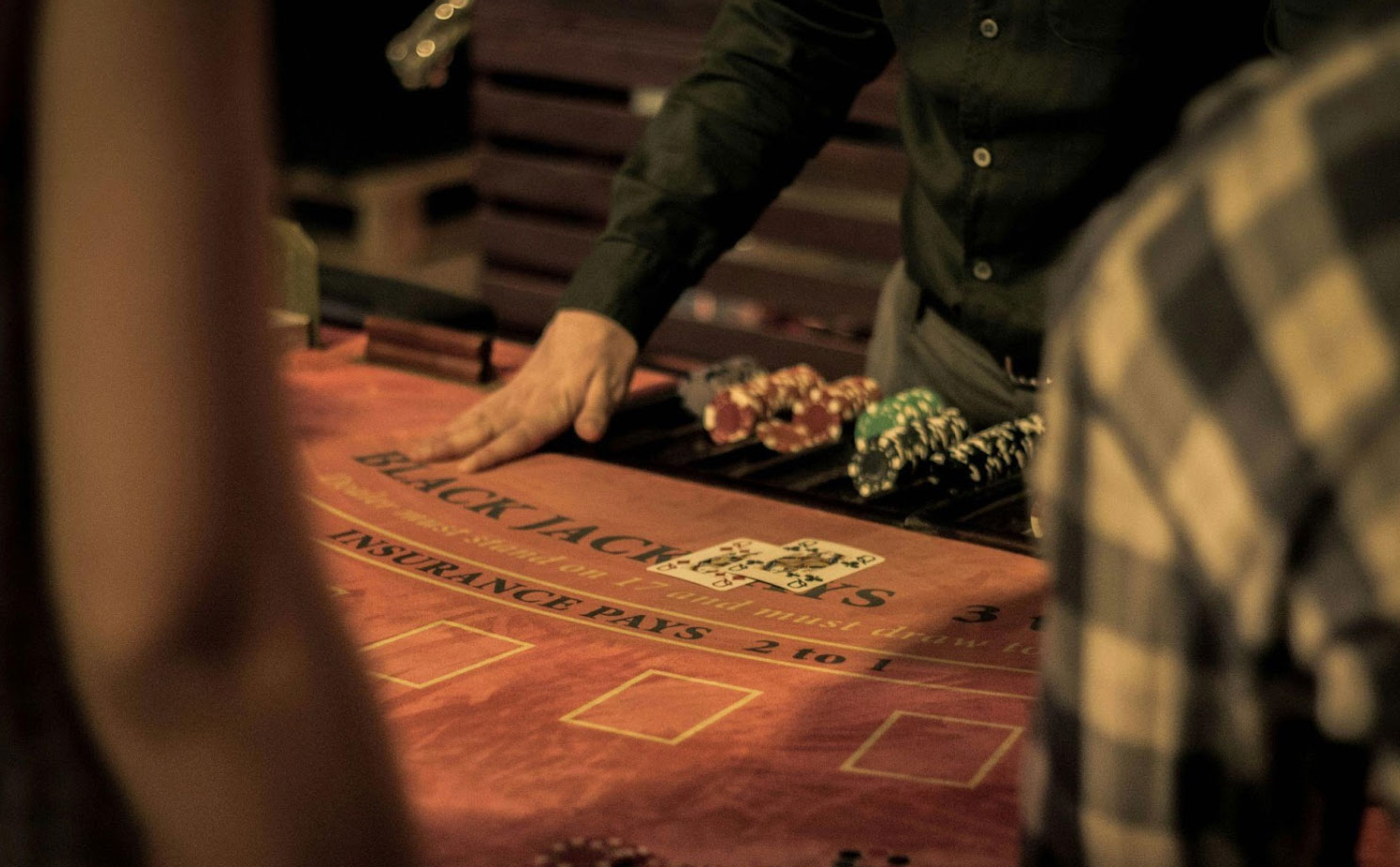PROVIDING YOU WITH ALL THE BEST BETS
Bluffing is a cornerstone of poker, allowing players to win pots without necessarily having the best hand. A bluff involves making your opponents believe you have a stronger hand than you do, prompting them to fold superior hands. It can be the difference between losing and winning, especially in high-stakes games where every decision counts. Poker players use bluffing to exploit opponents' tendencies, using psychological elements to out manoeuvre them.
Bluffing isn't just about pretending to have a good hand; it's about understanding when and how to do it effectively. Depending on the situation, players might raise aggressively to represent a strong hand or bet modestly to induce calls or folds.
For players on online platforms, establishing a reputation is key. If you've been playing conservatively, sudden aggression is more likely to be believed. On the flip side, opponents might call you down with marginal hands if you've been caught bluffing repeatedly.
Starting to learn bluffing online or at small tables can be beneficial. It helps players refine their strategies without significant financial risk. Additionally, using bonuses earned through referral codes, like the latest bet365 referral code, can provide a buffer, allowing players to practice and improve their bluffing techniques without using their own money.

Timing Your Bluffs
Effective bluffing hinges on timing. Choosing the right moment to bluff involves reading the table dynamics and your opponents' behavior.
Bluffing early in a game can be risky as players call more often. The middle stages of a tournament or a cash game usually present better opportunities, especially when the blinds are higher and the pots are more substantial.
Late position is generally the best time to attempt a bluff. When you’re one of the last to act, you have more information about your opponents’ actions. If they show weakness by checking or calling hesitantly, it might be an excellent chance to bluff.
Recognizing Bluffing Opportunities
In poker, certain situations are more conducive to bluffing. A bluff can be effective when the board shows a potential straight or flush, and you sense your opponents haven’t connected well with the community cards.
Another strategy is semi-bluffing, in which you bet with a drawing hand that has the potential to improve on later streets. This way, even if your bluff gets called, you still have a chance to win the pot by hitting your draw.
Reading Your Opponents
Successful bluffing relies heavily on your ability to read opponents. Pay close attention to their betting patterns, body language, and deviations from their usual play style. Some players are "calling stations," meaning they call frequently and rarely fold. Bluffing these players is often unwise. Conversely, tight players who fold more often are prime targets for bluffs.
Online poker presents unique challenges as you can't see physical tells. Here, you must rely more on betting patterns and timing. Players who consistently bet small with strong hands and large with weak ones are easier to exploit with bluffs.
Bluffing Against Different Player Types
Understanding different player archetypes can help tailor your bluffing strategy. Tight-aggressive players are usually cautious and fold more readily if they sense a bluff. On the other hand, loose-aggressive players might call your bluffs more often but can be exploited with well-timed, bigger bluffs when they show weakness.
Passive players, tight and loose, are less likely to push back against your bluffs but might call down to the river, so proceed cautiously. Identifying these player types early in the game can save you from costly mistakes.
Final Thoughts
Bluffing is a skill that improves with practice and patience. Review your hands regularly, noting which bluffs worked and which didn’t, and understand why. Pay attention to how experienced players bluff and incorporate those strategies into your play.
Effective bluffing can transform your poker game, turning challenging situations into profitable opportunities. By mastering the timing, reading your opponents, and managing your table image, you can bluff like a pro and keep your opponents on their toes.
